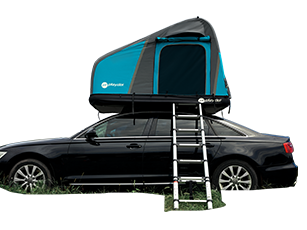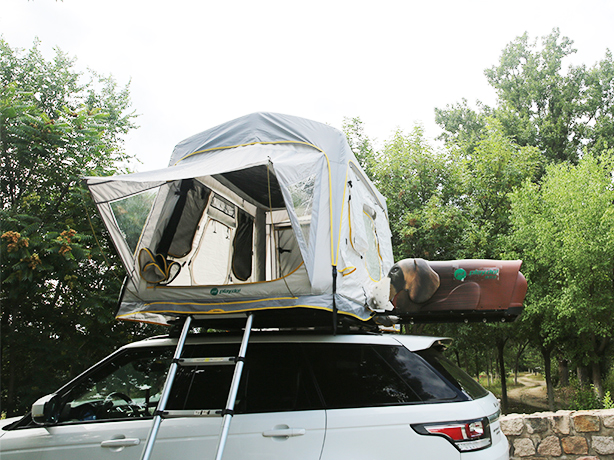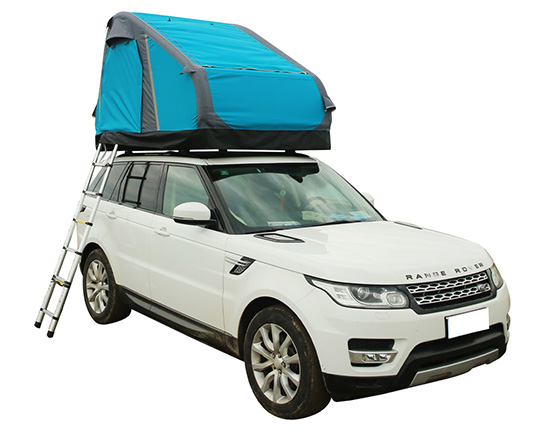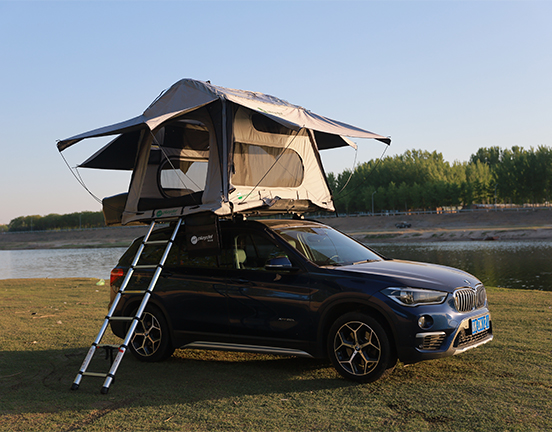What Do You Know About Canvas Tents?
Jan. 10, 2020
Canvas tent is also called cotton tent, military tent, construction tent, civilian tent, etc. It belongs to one of the tents and is a general-purpose tent product for military and civilian use.
Performance and structural characteristics:
(1) Canvas tent in china Specifications: 5X8 5X6 5X4 3X4 2X3. The square tube bracket is painted 25 or 30, the thickness of the tube is standard 1.2MM, and the square tube structure is relatively stable. (Side height 1.8 meters, top height 3 meters, can support bunk)
(2) The tent is reasonable in structure, safe and reliable to use, and can withstand 8-level wind and 6 cm thick snow load at the same time.
(3) The tent adopts a steel frame structure, which is simple in structure and convenient for exhibition. It can be erected or retracted in about 25 minutes / 4 people (the product is attached with installation instructions, which will be seen at a glance).
(4) Tent (4 or 5 pieces of cloth bag + steel frame), all parts are packed in the cloth bag, the shape is regular, which is convenient for long-distance transportation by car or short-distance transportation of manpower.
(5) The entire tent is made of military green canvas and Oxford cloth (winter is warm in winter and cool in summer), with felt in the middle and lined with white cloth. The screen is equipped with gauze, which has functions of anti-mosquito and ventilation. The windows are equipped with plexiglass panels, which can be protected from wind in the summer and warmed in the winter.
Tent body:
Pillar: Also known as a pillar, stands vertically on the ground. There are various types of straight one or two or three connected. The bends of some tubular posts need to be connected by wire. The general material is FRP, generally 7 sections.
Frame: used in bullet-type tents or hut-type tents, combined with short bars to form pillars or beams.

Canvas Tent
Biaodong: The top part of the tent.
Roof: The part that forms the inclined surface of the tent.
Wall: The part of the wall on the side of the tent. Some tents don't have them at all.
Canopy: Open a part of the roof forward and support it with other pillars.
Yamen: the entrance to the tent. Windows can be set on the other side. Floor Mats: Mats that are laid on the ground in tents. If it is wet, you need to put another bamboo mat.
Main rope: Also called pillar rope. It is divided by the two ends of the pillar to prevent the pillar from tilting and is fixed with nails.
Corner rope: It extends from the four corners of the tent curtain and is fixed with nails.
Waist rope: Extend from the bottom edge of the roof of the tent curtain and fasten with nails.
Nails: Also known as ground nails, they are used to insert into the ground to secure the rope and the bottom edge of the tent curtain. There are wooden. Made of metal and synthetic resin.
Tome or hammer: Use when driving nails into the ground. Live buckle made of wood or metal, attached to main rope or corner rope parts. The cable passes through two small holes in between, and the cable can be controlled by moving.
Bag: a cloth bag that gathers the curtain and pillars, nails, and wooden hammers.
Canvas tent supplier share with you how to set up a tent
Ordinary tents: Different tents are used in different ways.
First select the camp and tile the tent's internal account on the ground (usually an internal account, but there are some who first support the external account and drill it into the internal account, such as Eurohike, the principle is to wear the account pole) Take out the folded tent pole, straighten it section by section (usually 7 sections), and connect it into a long pole, and put it into the tent pole cover above the tent according to the instruction manual. The common tent is the cross method.
After both rods are worn. Insert one end of each pole into the small hole in the corner of the tent, then two people hold the active two heads at the same time, and push the poles inward to let the tent arch up until you can insert the head on this side into the small After inserting it in the hole, the shape of the tent is formed. Tie the crossing of the account pole with a rope and choose the direction of the door to fix the tent to the ground. Use ground nails to hook the four corners of the ring into the soil. The bottom of the tent should be stretched out, and the entire tent is tight. Hang the tent again, open the tent, cover the tent, and set up the tent.
Previous:In Fact, Inflatable Tents Are Like This!
Next:What Are The Categories Of Outdoor Tents? How Is It Maintained And Used? (On)
















